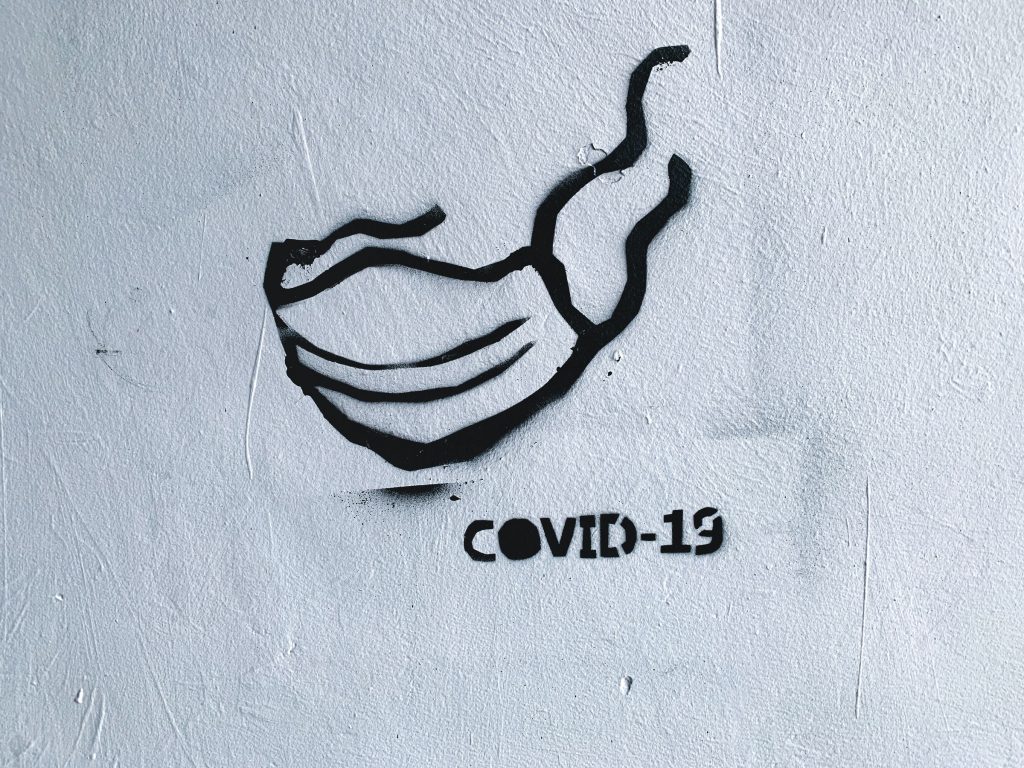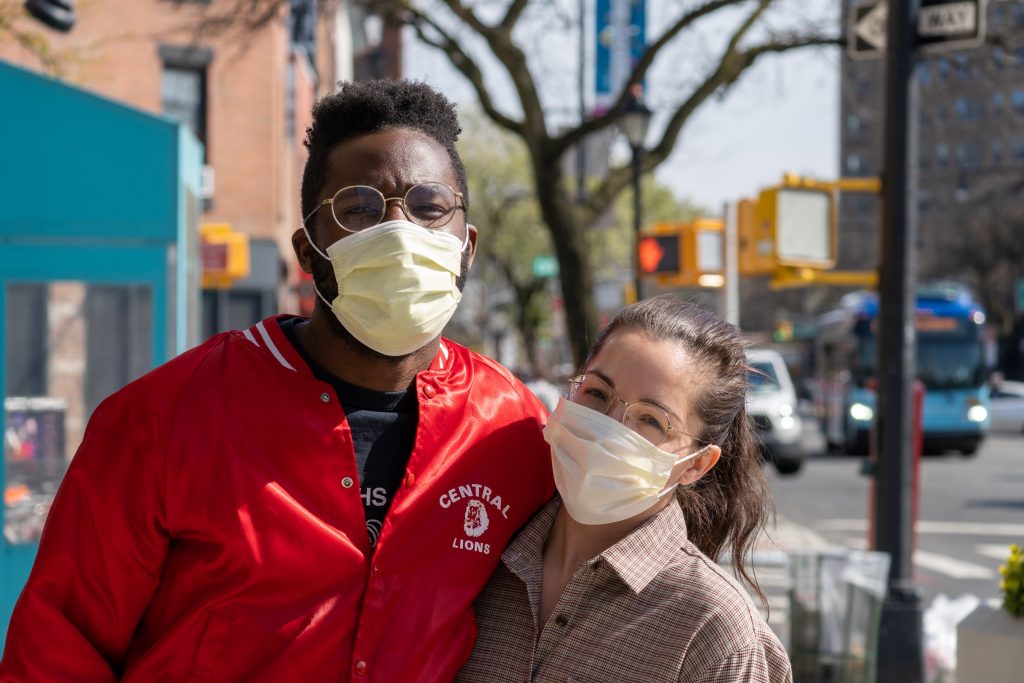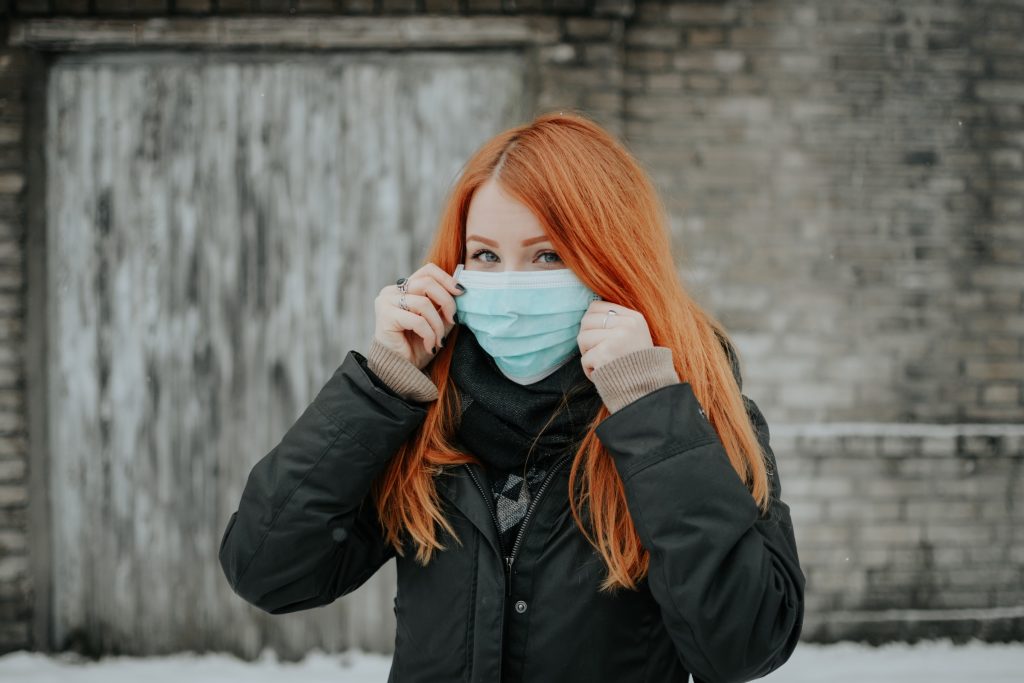Sten Hankewitz, the executive editor of Estonian World, writes that the Estonian government should have ordered the people to wear masks in places where they can’t socially distance as covering one’s face is one of the best ways to help slow the novel coronavirus; now, the grocery stores and shopping malls should enforce this themselves.
Estonia has now ended its emergency situation and is slowly but surely easing and lifting restrictions. It’s too early to say whether it was too soon or not, but it seems even the prime minister, Jüri Ratas, is confident that there will be a second wave of the novel coronavirus, which begs the question – why didn’t the government, using its emergency powers before 18 May when the emergency ended, order people to wear face coverings in public where social distancing is impossible.
We are already seeing signs that some countries that have opened up or hadn’t even locked themselves down are seeing new spikes in their confirmed coronavirus cases. The World Health Organisation on 20 May reported that in the last 24 hours, there was 106,000 new coronavirus cases around the world – the most in a single day since the outbreak began. Almost two thirds of these cases came from only four countries – the United States, Russia, Brazil and India. While many of the US states are under some kind of restrictions, others aren’t – for example, Florida has ended all restrictions and even its beaches are open. Other states are reopening, too.
The second wave already on horizon in China
Brazil didn’t impose any coronavirus restrictions and over 275,000 Brazilians have been infected with the virus; over 18,000 people have perished. Russia ended its lockdown last week and is seeing almost 3,000 new cases every single day. And while India had imposed tight lockdown regulations, it is seeing over 5,000 new cases every day.
China, that had already declared itself being rid of the virus and opened up, is now seeing new pockets emerging. In the province of Jilin, nearly 108 million people could be forced back into lockdown after a growing group of new infections emerged. These new clusters have ignited people’s worst fear that a second wave of the disease could be on the horizon.

Yet, apart from the prime minister’s vague remarks about the potential second wave, the government neglected to do the most elementary thing in this situation – they didn’t force people to wear face masks in places where the 2+2 rule – only parties of two and a two-metre (6.5-foot) distance with other parties – cannot be observed. Like grocery stores, shopping malls etc. Yes, the theoretical 2+2 rule is in effect, but in reality, by the photos posted by people on social media and the media’s photo galleries, people are not complying with it, especially in shopping malls.
The state of Illinois, where this writer resides, ordered face coverings in public, if social distancing is impossible, from 1 May. What followed was surprising. Over half of the people you see on the streets – where face doesn’t have to be covered – are wearing at least some kind of masks, be it surgical or just a scarf around their mouths and noses. Grocery stores and shopping malls are literally not letting in anyone whose face isn’t covered. The authorities are hoping this will slow down the spread of the virus and save lives.
Four deaths in Hong Kong due to the coronavirus
And they may be on to something. In Hong Kong, a city of 7.5 million people with the population density of 6,777 per square kilometre (17,552.3 per square mile), when the news of the devastating virus emerged, 99% of the population voluntarily put on a mask. As of today, four, yes, FOUR people have died in Hong Kong of the novel coronavirus, and the count of the infected is 1,056. In a city of 7.5 million! What other metropolis can show numbers like this? For example, in New York City, home for 8.4 million people with the population density of 10,715 per square kilometre (27,751 per square mile) – roughly comparable with Hong Kong – has seen 354,000 coronavirus infections and buried close to 29,000 people.

Considering Hong Kong’s example and the Estonian’s natural reluctance to obey the rules that might mildly inconvenience them, the Estonian government should have imposed the face mask rule while it could. Alas, now it’s too late as the emergency situation is over and the government doesn’t have emergency powers anymore.
However, the stores and shopping malls themselves could impose this rule to their clientele. As private enterprises, they have the right to choose their clients, and they should use this right to only choose to admit customers who have covered their faces. Just like in Illinois – no mask, no service. Moreover, the people themselves should want to wear a mask to protect the others. But that may be too much to ask.
If there’s one surefire way to help contain the virus and make sure it spreads more slowly and infects less people, it’s containing everyone’s breath into a piece of cloth.
For the latest developments in Estonia, follow our special blog on the coronavirus.
The opinions in this article are those of the author.
Cover: A person wearing a mask in the public. Photo by Pille-Riin Priske on Unsplash.

